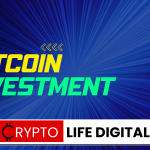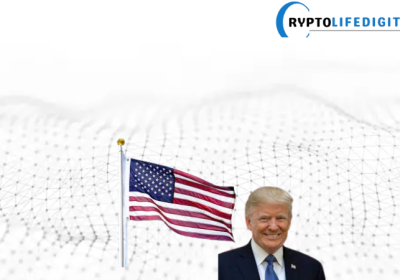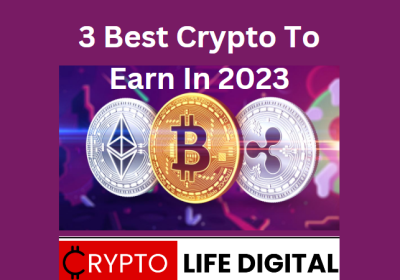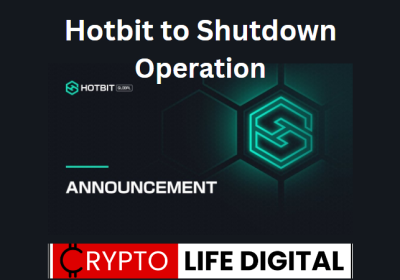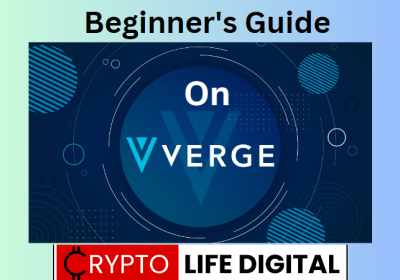All To Know About Quickswap
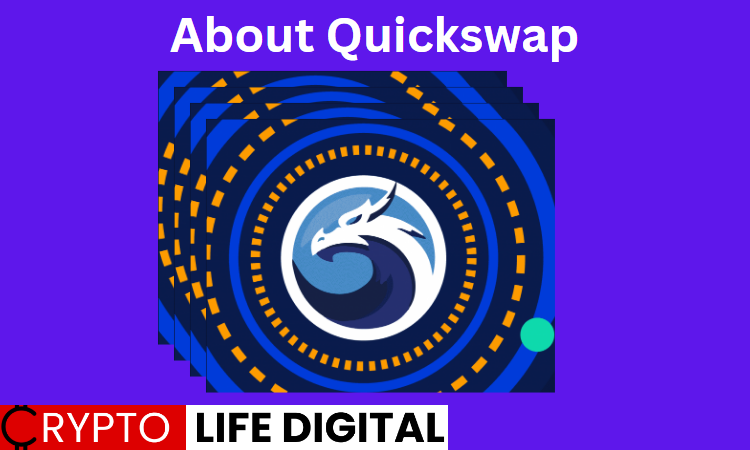
Quickswap in the world of crypto can be regarded as a decentralized exchange. It can also play the role of an automated market, it is however built on the Ethereum layer-2 network.
It is positioned as a solution to the robust transaction fee tied to the Ethereum network. Quickswap function as a market maker that t is automated on the Polygon Network.
Quickswap was launched in October 2020 by Nick Mudge and Sameep Singhania. The coordinate designed to govern the protocol were forged from the Ethereum-based platform called Uniswap.
The services in Quickswap are similar to that of Uniswap, but the difference is that Quickswap gives a distinction of itself through the speed and low cost which is associated with the Polygon chain.
It is well known that the users in the Decentralize Exchange have to go through a KYC process, but the users in Quickswap do not need to go through the KYC processes.
One thing that traders need to access the services in QuickSwap is a digital wallet in the Native Polygon’s Cryptocurrency with an available balance.
The native currency in QuickSwap that serves as a utility and also governance token for their ecosystem is called QUICK.
How QuickSwap Works
The automated market maker (AMM) model is used to offer service to customers. QuickSwap protocol can also be used in swapping, it provides yield farming and staking features.
Some of the characteristics of the protocol are below.
-
The Automated Market Maker (AMM)
This is a process whereby users can trade cryptocurrency without the fear of a third party or an intermediary. This mechanism is an upgrade to the well-known cryptocurrency exchange methods.
To explain further, some order books managed by centralized platforms will display the buy and sell orders. Though the big disadvantage of the order books is the lack of openness which contributes to making it easy to exploit, traders still used the data to buy or sell assets.
The concept that AMM is built on is the same as that of a smart contract, which is relying on mathematical computation to conduct trades.
This method discourages transactions that involve a third party, instead, the interaction that brings swift trade is done by interacting with an algorithm to foster trade. the same algorithm becomes the bases for determining the price.
The interesting thing about AMMs is that it gives their user the opportunity to become market makers by pitching into the liquidity pool.
Any customer who is able to deposit their assets into this pool is called a liquidity provider. However, the providers get rewarded with the fee that is gotten from the trades in the pool.
When it comes to QuickSwap, an equal amount of two particular cryptocurrencies has to be deposited by the liquidity providers.
For instance, if a liquidity provider has $200 and wants to provide liquidity to the MATIC/USDT trading pair, he will split the $200 into two equal parts, $100 in MATIC and $100 in USDT.
After depositing thy will be given a liquidity pool token that represents their involvement in the system.
Read Also: Benefits And Risks Of Investing In ICOs (Initial Coin Offerings)
-
Staking
This is the process of keeping an amount of cryptocurrency into a protocol mainly to support its operation, a person that stakes will not have access to his/her asset during this time, but will be rewarded with more assets at the end, depending on the quantity he stakes.
In the Dragon’s Lair QuickSwap. Those that hold the native asset of the protocol QUICK can stake them on the platform, if you stake QUICK you will be rewarded by dQUICK with 0.04% as trading fees.
-
Swap Token
This is the process introduced in the world of cryptocurrency to help traders to convert one crypto asset to another without undergoing the fiat-crypto process.
The fiat-crypto process always takes a longer period of time and resources as well.
QuickSwap allows users to swap ERC-20 with a minimal transaction fee and almost a zero gas fee.
Difference between QuickSwap Ans Uniswap.
QuickSwap is different from Uniswap, but the code used in QuickSwap was derived from Uniswap.
QuickSwap mainly operates in the Polygon network that uses the proof of stake (PoS) mechanism, these mechanisms contribute to making it transaction faster.
Uniswap on the other is built o Ethereum with lower transaction output.
Read Also: Relationship Between Ethereum And NFTs
Risk Of Using QuickSwap
In every investment platform, there are risk factors that are always a basis to consider before investing.
One of the things a good investor will look out for is “how safe is the platform”
Some of the common risks in QuickSwap are listed below.
- Fluctuation Loss
This type of loss happens on every platform that offers a liquidity pool. This happens when the price of a cryptocurrency falls below the initial amount, after a while the value can still go up contributing to an increase in value
- Smart Contract Vulnerability
Smart contracts that are vulnerable can become an excellent tool for attackers in the crypto world to exploit. The smart contract should be properly audited by a good auditing firm before it is made public.
- Bad Players Attacks
There are bad players that are always ready to use the available loophole to perpetrate evil. These are people that take pleasure in enriching themselves at the expense of others.
You should guide yourself from these people.
Final Note
The world of Cryptocurrency is large and volatile, therefore any project that you see in the space should be properly investigated and researched before being taken on.

Meet Daniel Abang: Crypto guru, content creator, and analyst. With a deep understanding of blockchain, he simplifies complex concepts, guiding audiences through the ever-changing crypto landscape. Trusted for his insightful analysis, Daniel is the go-to source for staying informed and empowered in the world of cryptocurrency.



